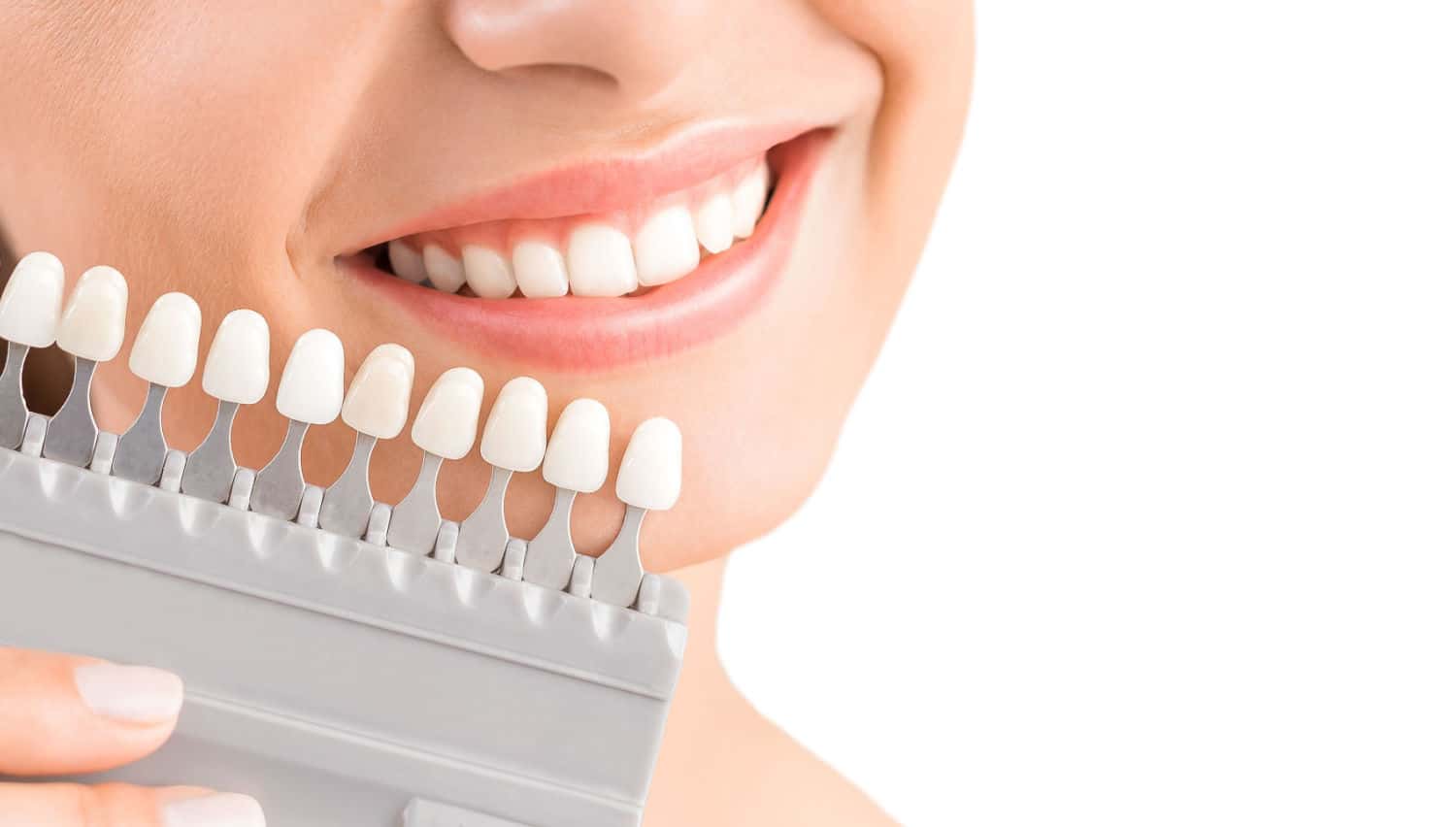Teeth whitening treatments aim to give you natural-looking results you will be proud to show off. A single session can brighten your smile as many as nine shades from your starting tooth color. However, there is a fine line between whitening your teeth too much and not enough. If you are considering whitening your teeth, there are a few factors to account for when choosing the right shade for your smile.
Factors to Consider Before Teeth Whitening Treatment
Choosing the right shade for your teeth before whitening treatment is critical because you want to aim for noticeable results that also look natural. There are no standard recommendations for teeth whiteness levels, but there are a lot of factors to consider when choosing a specific shade of white. To decide on the perfect shade to whiten your teeth, consider the color of your existing teeth, dental restorations, visible stains, and physical features like the whites of your eyes.
Shade Range
The current shade of a person’s teeth will affect their ideal shade of white. Teeth are not always naturally white. Instead, they can vary in color depending on genetics, wear over time, poor brushing habits, and diet.
The four main teeth shades are:
- Shade A: reddish brown
- Shade B: reddish yellow
- Shade C: gray
- Shade D: reddish gray
Within each of these shade ranges, there are varying levels of lightness and darkness. Patients may have one or more of these tooth shades present or can fall within a particular category.
Teeth Restorations
One crucial factor to consider is that whitening treatments do not improve the shade of dental restorations like crowns, fillings, and veneers. For this reason, dentists often advise patients to select a shade of white that complements their dental work or to replace existing restorations with new ones that match the results of their whitening treatments.
Visible Stains
Another consideration is the presence of visible, dark staining on your teeth. Stains caused by fluorosis, tetracycline antibiotics, or tooth decay typically do not respond well to teeth whitening treatments. In some cases, these stains may become more noticeable if the color of the teeth around them becomes whiter. Like with restorations, patients may want to choose a shade that blends well with any existing stains. Dentists can also use additional procedures like composite bonding to eliminate these issues.
Whites of Your Eyes
Patients can use the whites of their eyes as a guide when deciding on a teeth whitening shade. A shade close to this is ideal for your teeth, as whitening beyond the whites of your eyes can often cause your smile to look unnatural.
Other Physical Features
Along with the whites of your eyes, finding the right shade for your smile relies on other physical features, such as eye color, hair color, and skin tone. Fairer skin tones can take on a brighter white, while people with darker complections may want to opt for a more neutral shade due to the potential contrast.
Teeth Whitening Treatment in Oro Valley
Smith Dentalworks can help brighten your smile. We have several teeth whitening methods available, including in-office treatments, custom trays, and ready-to-use kits. Our team will discuss your options with you to help you select the treatment that best fits your lifestyle and budget.


